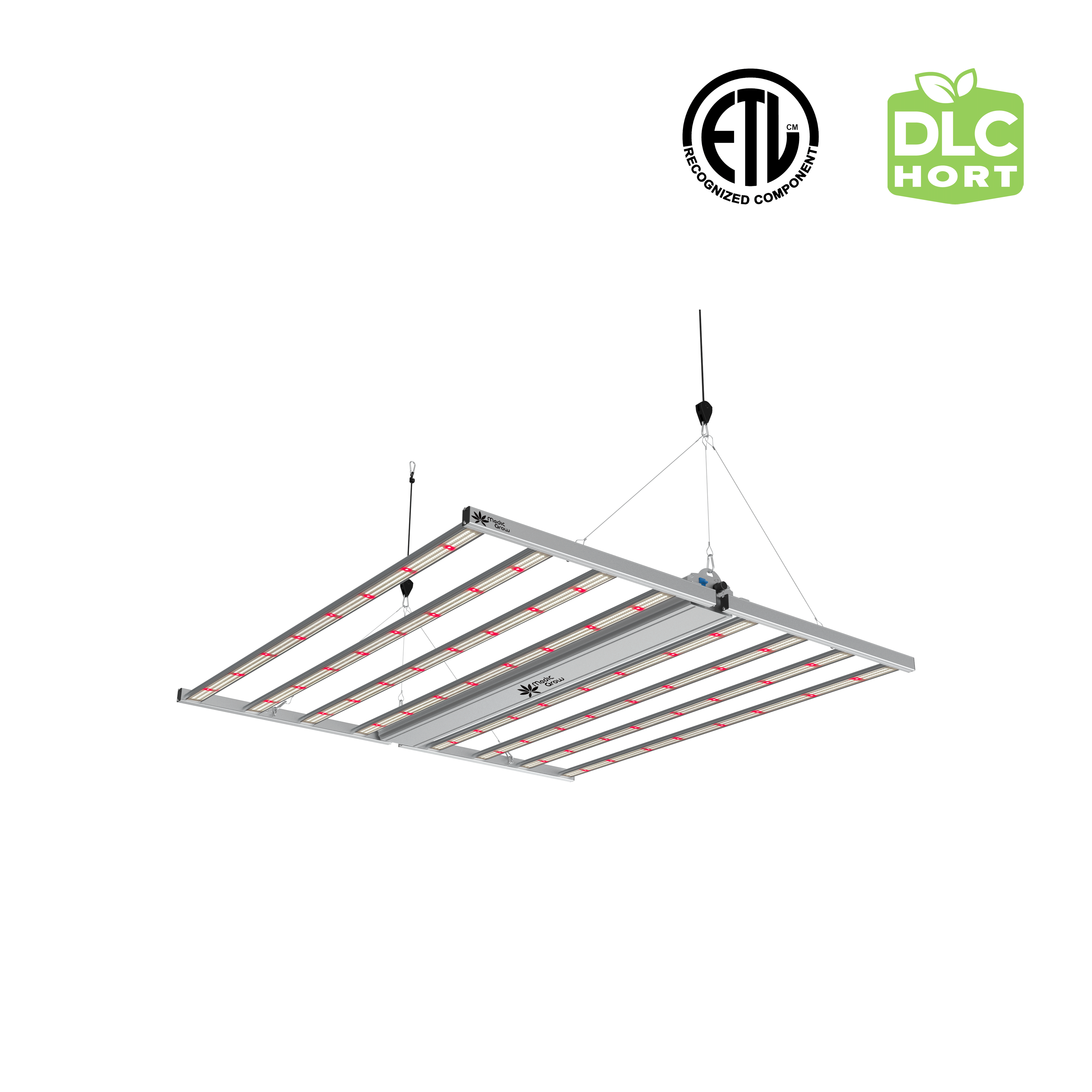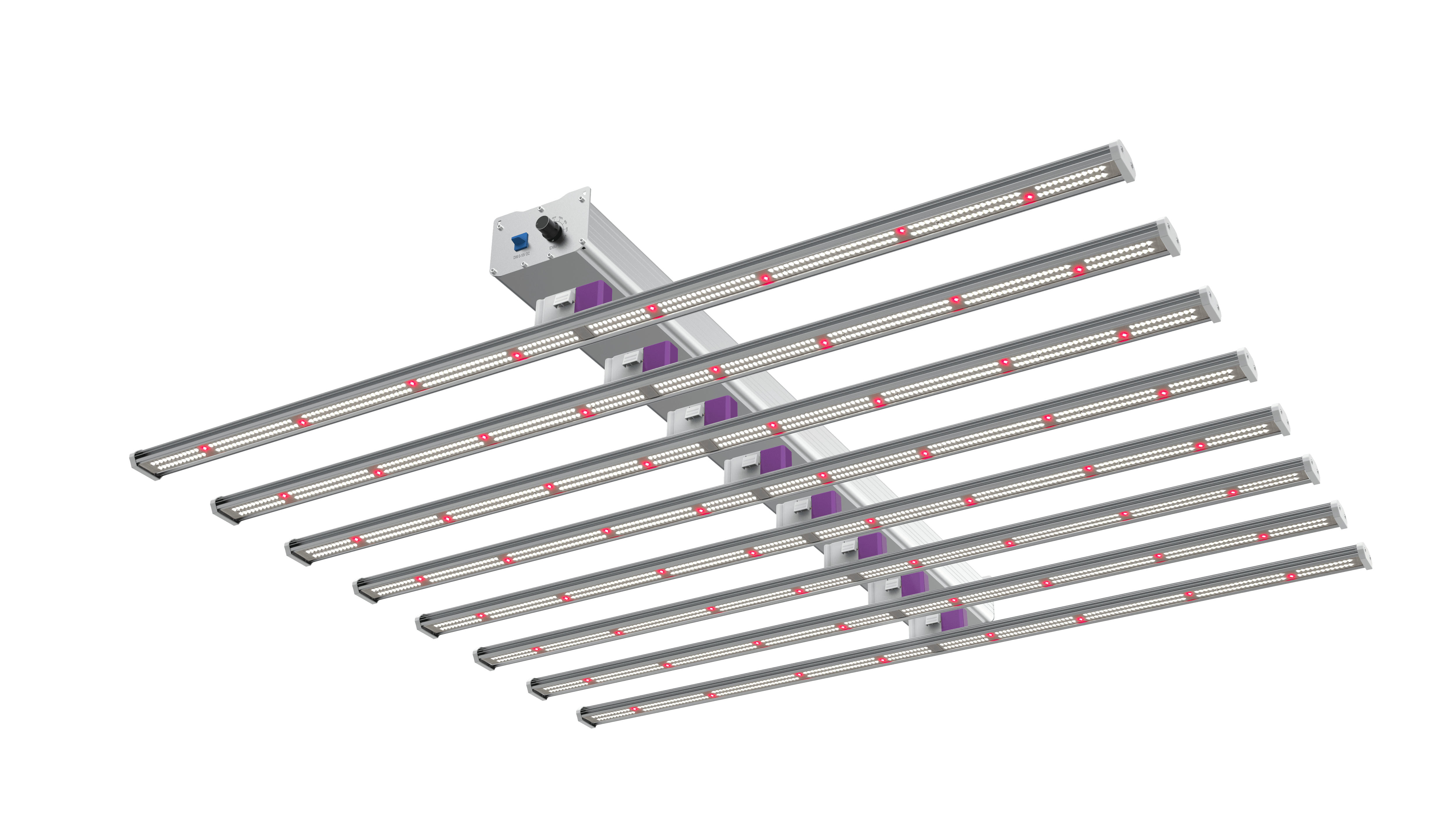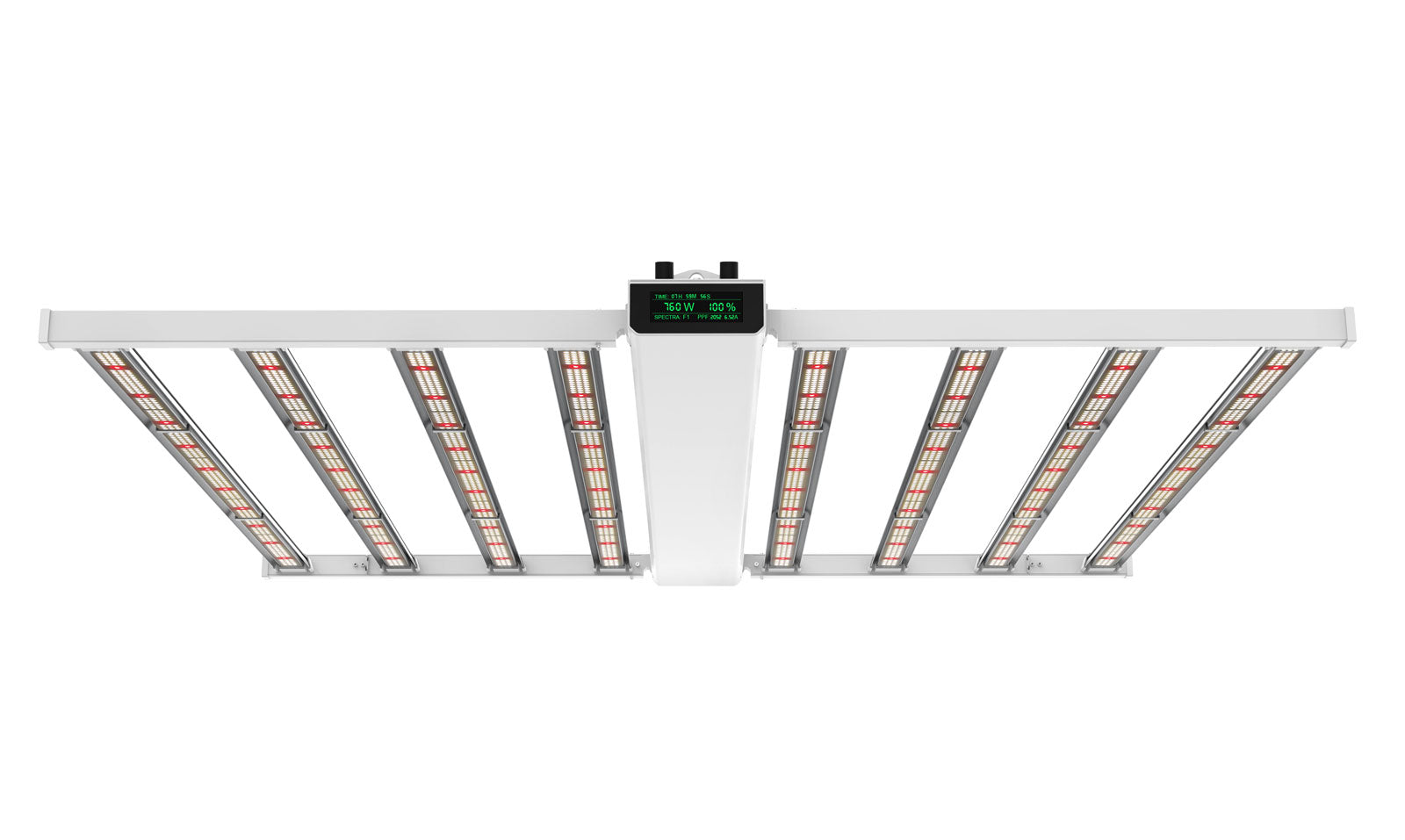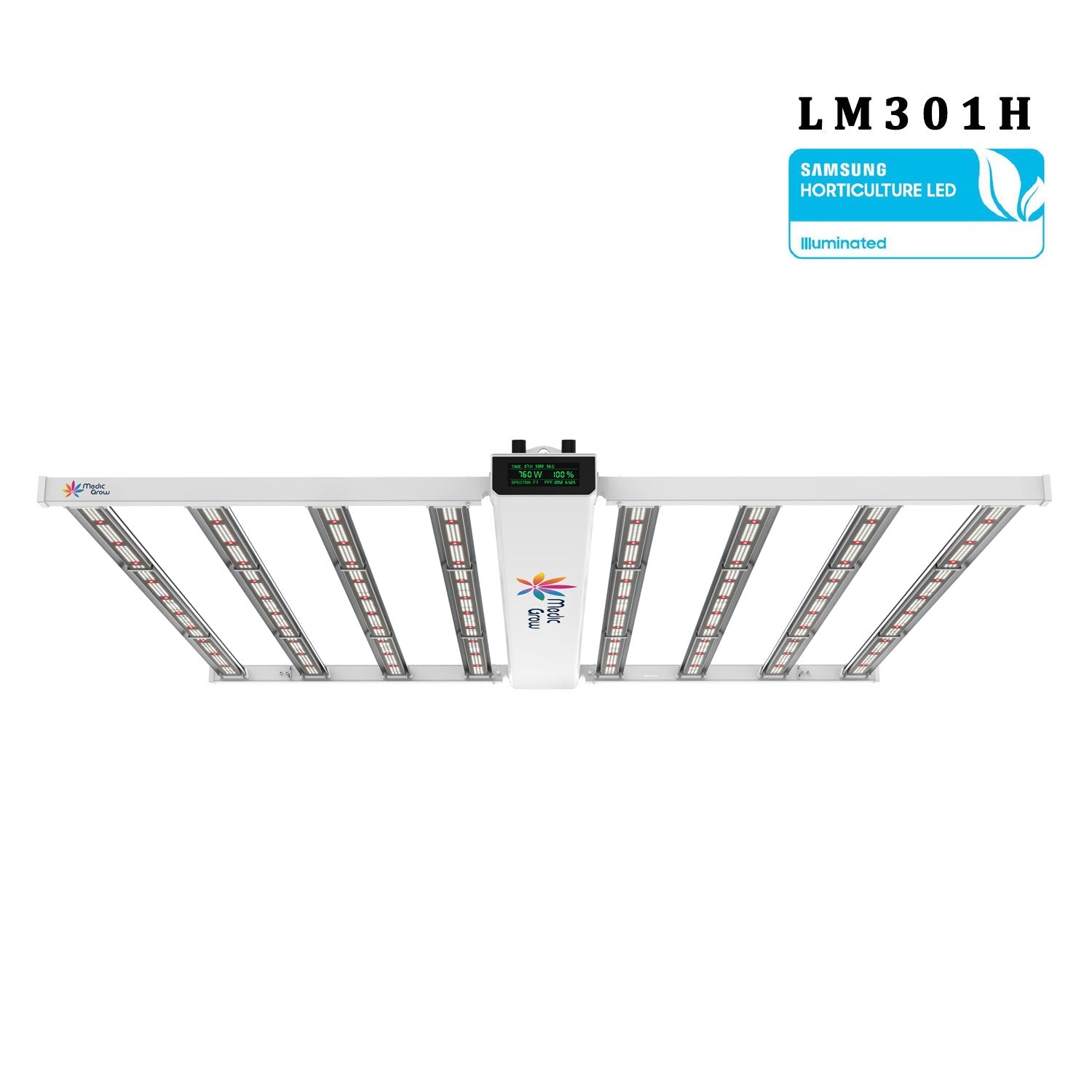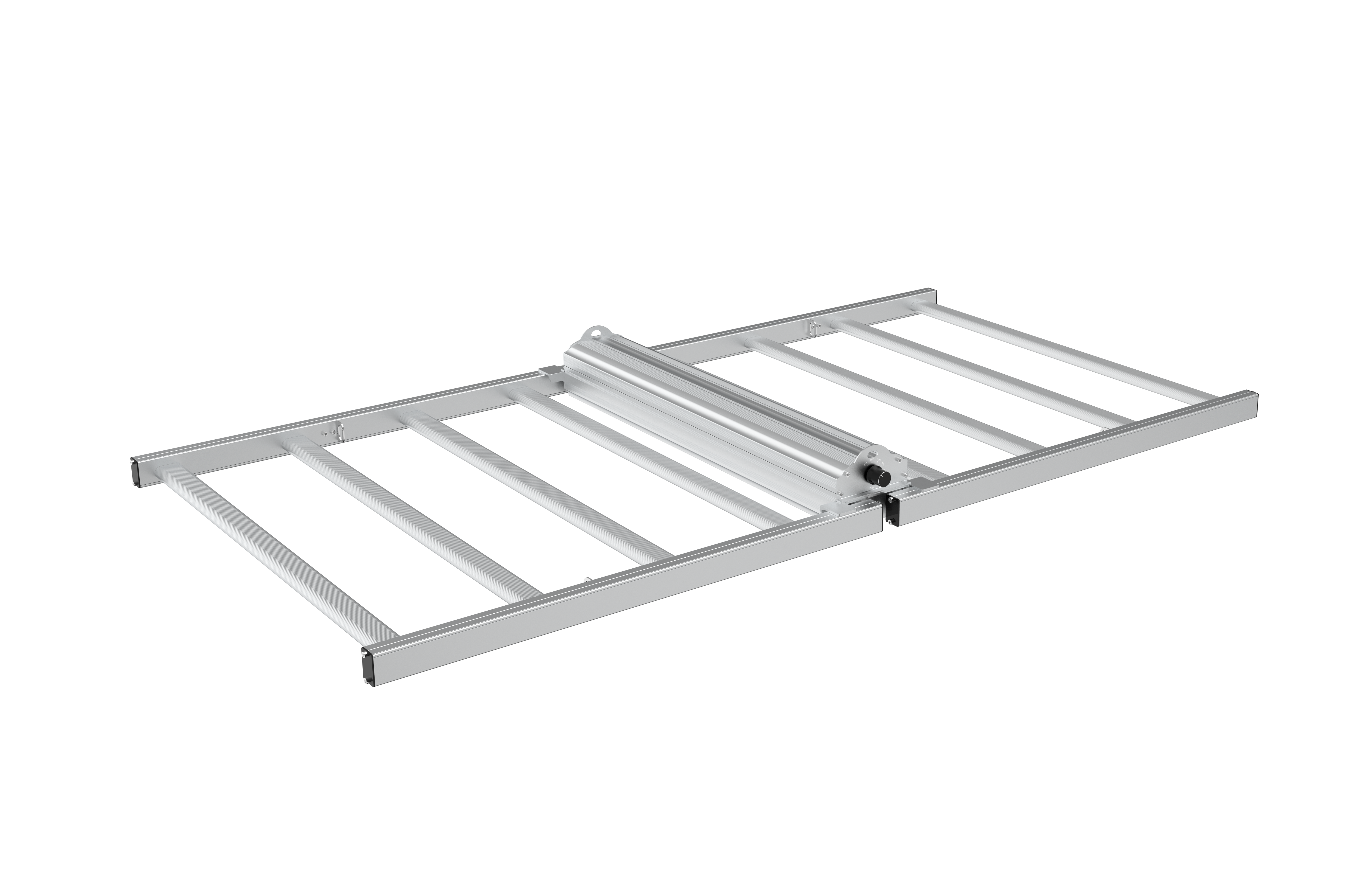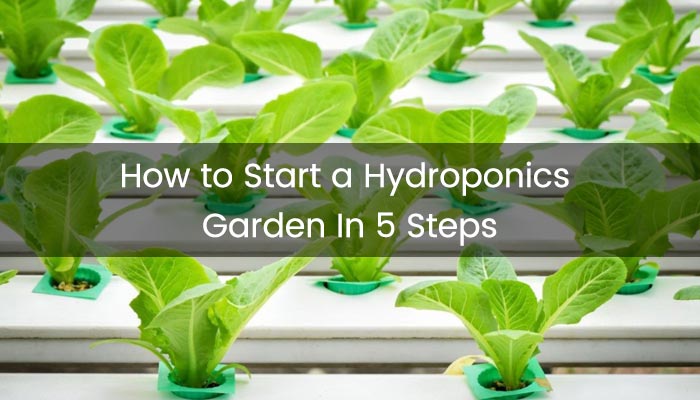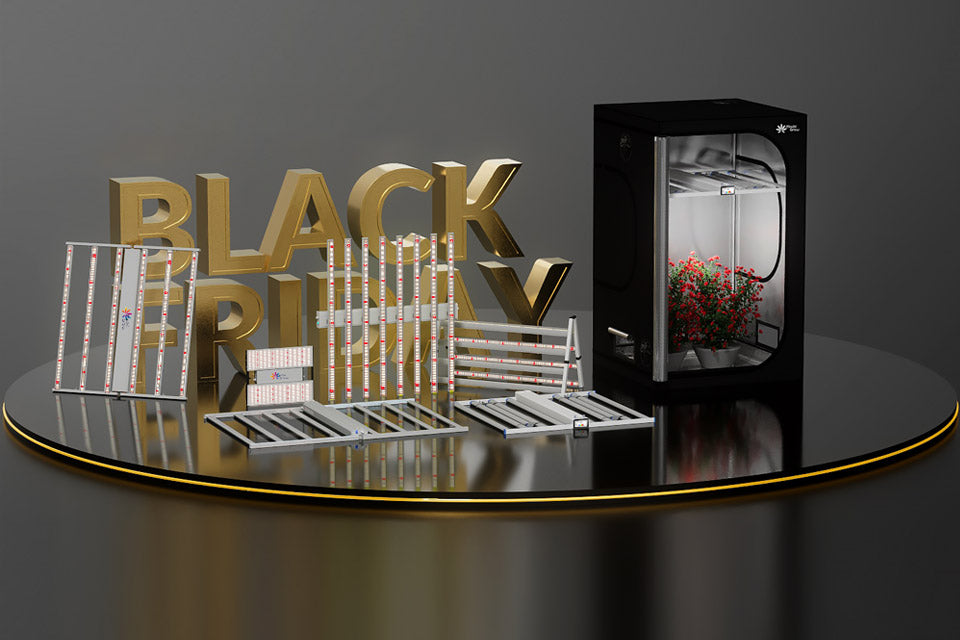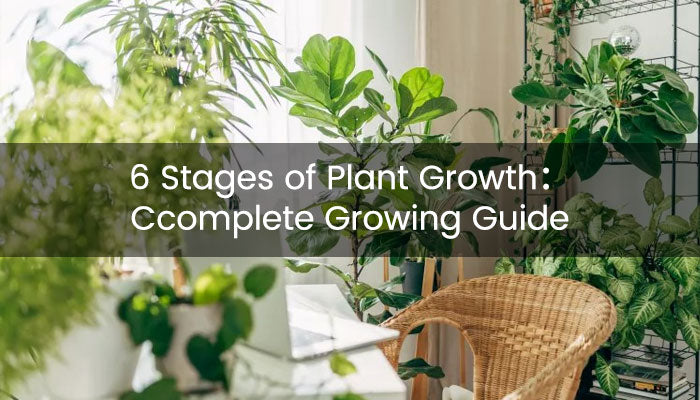
When and How to Top a Plant?
Topping green herbs is a time-tested gardening technique for both indoor and outdoor plants. Cutting off the plant's top forces it to grow multiple main colas (flowering tops), creating a denser structure, and allowing for even light distribution. This contributes to higher yields and better flower quality.
As indoor green herb cultivation has gained popularity, growing green herbs has evolved into a technical craft, with terms like Topping, Fimming, LST, and SCROG becoming part of the everyday vocabulary for growers.
Today, we'll focus on how to top a green herb plant—a fundamental technique that can significantly influence your plant's growth pattern and yield. With our straightforward guide on topping green herbs, I hope you can achieve higher yields and better flowers.
Main Content:
- 1. What is “Topping Green Herb”?
- 2. Why Topping Green Herb Plants Important?
- 3. When to Top Green Herb Plants?
- 4. How to Top a Green Herb Plant?
- 5. Other Tips for Topping Green Herb
- 6. Difference Between Topped Plant and Non-topped Green Herb Plants
- 7. Conclusion
- 8. FAQs about Topping Green Herb
What is “Topping Green Herb”?
Topping green herbs is a gardening technique cutting the main stem just above a node, usually after 4-6 nodes have formed. This encourages the plant to produce multiple main colas (flowering tops) instead of just one, leading to a bushier structure and higher yields.
The key benefits of topping include increased yield due to the development of more flowering sites and a more uniform canopy that allows for better light distribution, which supports healthier overall growth and development. For best results, ensure the plant is healthy and has adequate recovery time after topping.
Why Topping Green Herb Plants Important?
Topping green herbs significantly enhances plant growth and yield for both indoor and outdoor plants. By cutting the main stem, growers encourage the plant to develop multiple flower sites, ensuring better light distribution and improving airflow. This leads to a bushier, more productive plant.
Additionally, topping is valuable for controlling plant height, making it easier to fit in a small grow tent. It also promotes branch growth and makes them thicker, which better supports the weight of heavy flowers and reduces the risk of branches breaking under the weight of a mature cola tree.
Green herb plants do not naturally grow in a manner that fully utilizes indoor grow lights. Topping green herbs enables more even light distribution and allows light to reach the lower parts of the plants, leading to healthier and more robust growth.
When combined with other training techniques such as Low-Stress Training (LST) or Screen of Green (SCROG), topping can further optimize plant shape, light and space utilization for better results.
When to Top Green Herb Plants?
The best time to top green herb plants is during the vegetative stage, around the 3rd to 4th week of growth when the plant has developed 4-6 nodes. Make sure the plant is healthy before topping and allow the plant time to recover after topping. Topping too early or too late can limit its growth.
If your plants are healthy, you can top them multiple times during the vegetative stage, giving them time to recover between each green herb topping. However, stop topping a couple of weeks before switching to the flowering stage to avoid stressing the plants during their transition.
How to Top a Green Herb Plant?
Topping green herb plants is a straightforward process, but it requires carefulness to ensure the plants respond well and continue to grow healthily. We provide a step-by-step guide and tips to help you successfully top green herbs.
Step 1: Check the Health of Your green herb
Before topping, make sure your green herb plants are free of diseases or pests and in good condition. Topping will only go smoothly if your plant is healthy, strong and in a growth cycle where your plant has 5 to 6 leaf nodes.
Step 2: Determine Where to Top
First, locate the main stem of the plant, which is the main stem that grows directly upward from the soil. The top growing point is the highest point of the stem, usually the newest leaf or flower.
Count down from the top growing point to find the 3rd or 4th node. A node is where a pair of leaves or branches grow out of the stem. Once you've determined this, you can begin cutting the stem.
Step 3: Cutting the Stem
First, sterilize your scissors or grow tent kits thoroughly with alcohol to make sure they are clean and sharp. This is to prevent the introduction of bacteria or other pathogens into the plant during the cutting process.
Find the node you identified earlier and cut right above it. Make sure to cut with a steady hand and with the right amount of force to avoid injuring other parts of the plant. This action removes the top growth point and encourages the plant to branch out into two new lateral branches at that node.
When you cut the main stem, make sure you leave enough room for the new lateral growth to develop. Avoid cutting too close to the node to avoid damage.
Step 4: Care after Topping
Topping can be stressful for the plant, so it's important to give it time to recover. After topping, observe the plant closely over the next few days. You should notice two new growing tips begin to emerge where you made your cut. This indicates that the topping was successful and that the plant is redistributing energy to support new growth.
During this time, make sure that the plant's environmental conditions (e.g. full spectrum light, water and nutrients) are suitable for its recovery. Avoid further pruning or topping within a short period to give the plant enough time to re-establish a healthy growth pattern.
Step 5: Re-Topping (Optional)
If you want your plant to flourish even more, you can top it again after it has grown more nodes. The process of topping is the same each time; select the right node, sterilize the tool, and cut.
Be careful to stop topping a few weeks before the start of the flowering period. This is because topping slows down the growth of the plant and topping too late may affect the flowering process and the final yield.
Overall, by topping at the right time and point, you can effectively promote the branching growth of your green herb plants, thus greatly improving their structure and yield. After each topping, take care to give the plant enough time to recover and adjust your care to its growth to ensure that it stays healthy throughout its growth cycle.
Other Tips for Topping Green Herb
Now that you've mastered the best timing and techniques for topping green herbs, are you eager to give it a try? Hold on! We've got some additional tips for topping green herbs:
- After topping, green herb plants generally take about 3-7 days to recover. Ensure optimal lighting, green herb nutrients, and watering, to support the recovery process.
- Topping should be done during the vegetative stage when the plant has developed 4-6 nodes, typically around 3-4 weeks into vegetative growth.
- If you want to top again, wait until the new branches have developed several nodes after the first topping. Plants can be topped 2-3 times before switching to the flowering stage.
- You can top a tall green herb plant but if the plant is already well into the flowering stage or too tall, topping might not be ideal, as it can reduce yield.
In addition, we cover the differences between Topping and Super Cropping and Fimming.
Topping vs. Super Cropping
Topping and super cropping are both techniques used to enhance green herb growth, but they differ in approach. Topping involves cutting off the plant's top growth point, while super cropping involves gently bending and slightly damaging the stems. Both methods can increase productivity.
Topping vs. Fimming
Topping involves cutting off the entire top growth tip to form two new main colas. Fimming requires cutting about 75% of the top growth tip to produce 3-5 new colas. Topping results in a more controlled growth pattern, while filming can lead to a fuller canopy with potentially more colas.
The term Fimming comes from the phrase “f**k it, I missed it” and it is thought that the first person to try this technique made a mistake when trying to trim his green herb plants, but succeeded and his green herb grew more new stems.
Fimming may not be the optimal pruning technique, but it is effective for growers with 2-4 green herb plants in a confined space. It can result in the development of 3-5 new main stems from each fimmed site, leading to a bushier plant.
In summary, topping, super cropping, and filming each offer unique benefits depending on experience and space. Topping is simple, easy to learn, and suitable for small to medium spaces. Super cropping requires more skill and is better suited for medium to large spaces. Fimming is ideal for limited vertical height and encourages horizontal growth.
Difference Between Topped Plant and Non-topped Green Herb Plants
Topped green herb plants often excel in indoor environments with limited vertical growth space, promoting bushier growth and better light distribution. In contrast, non-topped plants are ideal for outdoor cultivation, where natural growth patterns and taller growth can occur without space limitations.
Here are the detailed differences between them.
Benefits of Topped Plant
- Better light distribution across the plant after topping makes it easier for light to penetrate all parts of the plant, promoting even growth.
- Topping the plant causes the plant to transfer growth hormones to the lower branches, resulting in a more lush structure and multiple main stems.
- Topping encourages the plant to develop more flower sites and to take full advantage of light, nutrients and carbon dioxide, thus potentially increasing total yield and flower quality.
- Topping allows air to circulate more freely around the plant, thus reducing the risk of mold, which is especially important in cramped and humid growing conditions.
Benefits of Non-topped Plant
Non-topped green herb plants maintain a natural growth structure with a single dominant cola, leading to a strong central stem that can support the plant's weight more effectively.
This vertical growth is ideal for growers who prefer taller plants or have limited horizontal space.
Additionally, non-topped plants experience uninterrupted growth, allowing them to reach their full height more quickly.
This approach also requires less intervention, making it a simpler option for growers who prefer a hands-off approach.
In summary, topping alters the natural growth pattern of the plant, resulting in a bushier and more productive plant. On the other hand, untopped plants have a central cola and may be less productive than topped plants. However, they offer a simpler option for growers who prefer a hands-off approach.
Conclusion
In conclusion, topping is more suitable for small space cultivation and beginners, and if you combine topping with other techniques such as LST, the results will be better. However, it is important to remember to avoid topping too early or too late, correct topping ways and timing can significantly improve the quality and quantity of green herb harvest.
Related Post:
Complete Guide on Green Herb Plant Stages
How to Sex Them Male and Female Green Herb Plants?
FAQs about Topping Green Herb
1. How Long Does It Take Green Herbs to Recover from Topping?
Green herb plants typically take 3-7 days to recover from topping. During this time, the plant redirects energy to lateral growth, developing multiple main colas. Providing optimal conditions, like proper light and nutrients, can help speed up the recovery process.
2. At What Stage Do You Top a Green Herb Plant?
The best time to top a green herb plant is during the vegetative stage, usually when it has 4-6 nodes. It is critical to ensure that the plant is healthy and growing well before performing the topping technique. Topping too early or too late can stress the plant or limit its growth potential.
3. Do green herb Plants Need to Be Topped?
Topping is optional but beneficial for many growers. It encourages bushier growth, increases flower sites, and improves light penetration. However, it's not mandatory, especially if you prefer a simpler approach or are growing in a space where vertical growth is not restricted.
4. How Many Nodes Before Topping?
It's best to wait until they have at least 4-6 nodes before topping. This ensures that the plant is strong enough to handle the stress and can redirect energy to developing new growth points. If the plant is growing well, you can repeat topping to further promote growth.
Featured Products
Blog Posts
Contact Us with Any Idea!
- Choosing a selection results in a full page refresh.
!













